Home>diy>Planning & Engineering>Who Was The Landscape Architect Behind The Remediated Gas Works Park
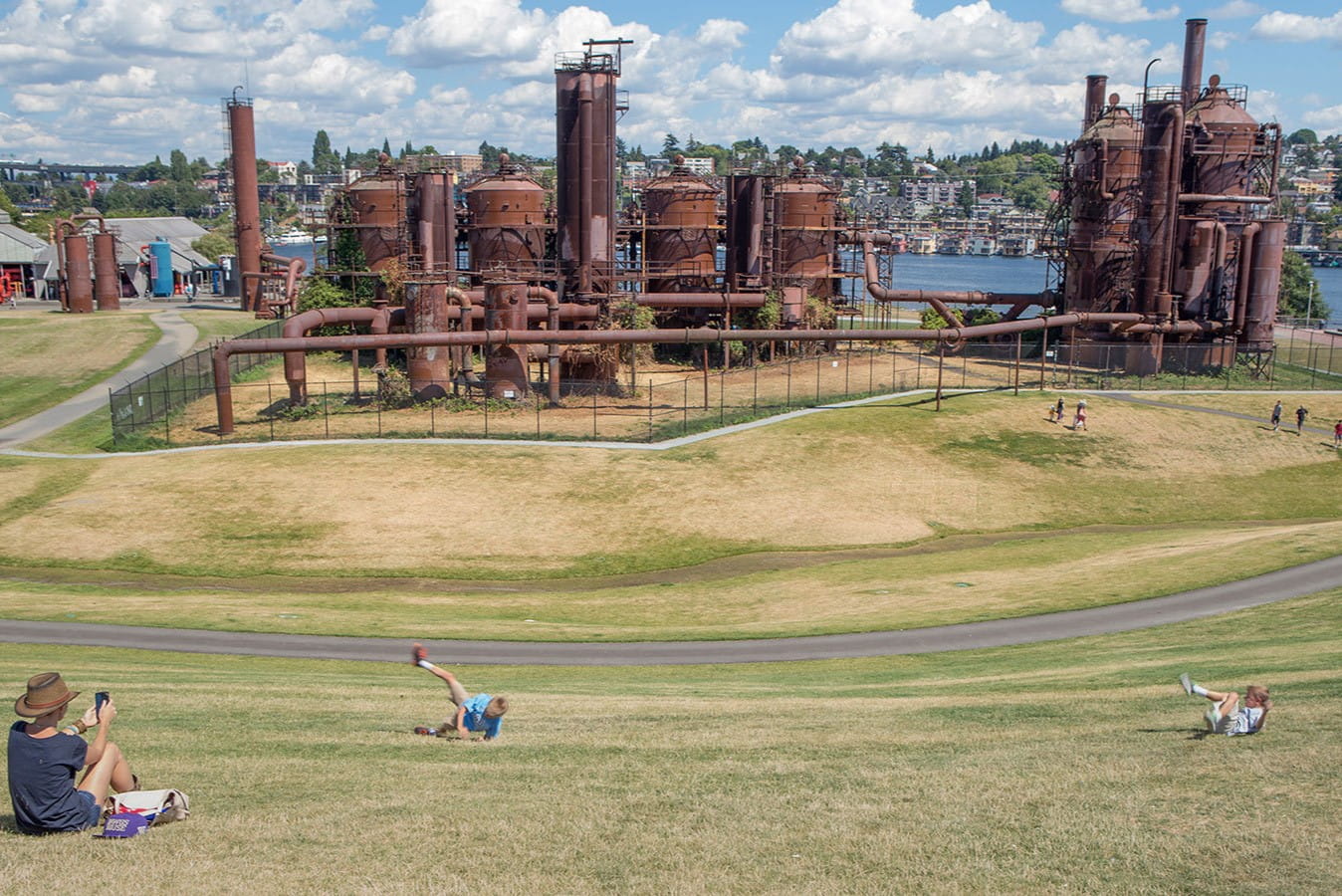

Planning & Engineering
Who Was The Landscape Architect Behind The Remediated Gas Works Park
Modified: March 24, 2024
Discover the planning engineering genius responsible for the iconic Remediated Gas Works Park. Unlock the legacy of this landscape architect and their transformative vision.
(Many of the links in this article redirect to a specific reviewed product. Your purchase of these products through affiliate links helps to generate commission for Storables.com, at no extra cost. Learn more)
Introduction
Gas Works Park, located in Seattle, Washington, is not just a regular park; it is a testament to the power of landscape architecture in reclaiming and transforming a contaminated industrial site into a thriving public space. This iconic park, with its stunning waterfront views, unique remnants of the industrial past, and innovative design, attracts locals and tourists alike.
In order to fully appreciate the significance of Gas Works Park, it is important to understand its historical context. The site was previously home to the Seattle Gas Light Company, which operated a coal gasification plant from the late 1800s until 1956. After its closure, the site was left contaminated and scarred, posing significant challenges for redevelopment.
That’s where the expertise of a skilled landscape architect comes into play. The role of a landscape architect in remediating industrial sites goes far beyond simply designing a visually pleasing park. It involves a deep understanding of engineering, environmental science, and sustainable practices. Through their innovative design concepts and intense planning, landscape architects can transform polluted sites into valuable community spaces.
In the case of Gas Works Park, the landscape architect had the responsibility of creating a sustainable and inclusive public park while preserving the unique industrial heritage of the site. The success of this redevelopment project lies in the hands of a visionary landscape architect whose contributions have made Gas Works Park an iconic landmark in Seattle.
In this article, we will dive into the history and significance of Gas Works Park, explore the role of the landscape architect in its creation, and celebrate the innovative design concepts and lasting legacy of this renowned individual.
Key Takeaways:
- Gas Works Park in Seattle, Washington, stands as a testament to the transformative power of landscape architecture, showcasing the successful remediation of a contaminated industrial site into a vibrant and iconic public space through the innovative vision of landscape architect Richard Haag.
- Richard Haag’s pioneering design concepts, emphasis on historical preservation, and commitment to sustainability have left an enduring legacy at Gas Works Park, inspiring future generations of landscape architects to embrace adaptive reuse, ecological restoration, and community-focused design principles.
Background of Gas Works Park
Gas Works Park holds a significant place in the history of Seattle. Originally built in 1906 as a coal gasification plant to provide gas for the city, the site operated for several decades before its closure in 1956. As the years went by, the abandoned plant fell into disrepair, becoming a blight on the landscape.
During the 1960s, the City of Seattle acquired the site with the intention of transforming it into a public park. However, the presence of toxic contaminants, structural issues, and the remnants of the old gas plant posed numerous challenges. The site required extensive remediation, making it crucial to have a skilled landscape architect who could navigate the complexities of transforming an industrial wasteland into a vibrant public space.
The importance of Gas Works Park lies not only in its historical significance but also in its transformative impact on the landscape. It showcases the power of adaptive reuse and demonstrates how a contaminated site can be regenerated into an environmentally sustainable and socially engaging public park.
The park’s unique features include the preserved machinery structures, such as the massive cylindrical gas holder that now serves as a prominent backdrop for open-air concerts and events. The smokestacks and other industrial remnants now stand as artistic sculptures that highlight the park’s history. These elements not only add character to the park but also serve as a reminder of the site’s industrial past.
Gas Works Park has become a beloved gathering place for the community, offering panoramic views of Lake Union, picnic areas, a play barn for children, and open spaces for various recreational activities. It has also become an inspiration for landscape architects around the world, showcasing how creativity and innovation can transform contaminated industrial sites into sustainable and beautiful public spaces.
The successful redevelopment of Gas Works Park serves as a testament to the importance of landscape architecture in reclaiming and revitalizing industrial wastelands. It stands as a beacon of hope, symbolizing the power of vision, design, and planning in transforming polluted sites into valuable assets for communities to enjoy.
Importance of Landscape Architecture in Remediation
Landscape architecture plays a pivotal role in the remediation of contaminated industrial sites like Gas Works Park. Its importance extends beyond creating visually appealing spaces; it encompasses the integration of environmental science, engineering principles, and sustainable practices.
One of the primary goals of landscape architecture in remediation projects is to ensure the safety and well-being of both humans and the environment. Landscape architects work closely with environmental consultants and engineers to assess the extent of contamination, develop remediation strategies, and implement appropriate measures to mitigate risks.
By employing their knowledge of soil and water management, landscape architects can design site-specific solutions to address contamination challenges. They consider factors such as stormwater management, phytoremediation, and soil stabilization techniques to minimize the spread of pollutants and restore ecological balance.
Furthermore, landscape architecture contributes to the social and psychological well-being of communities by creating inclusive and accessible spaces. Through careful design and planning, landscape architects can ensure that the remediated site provides amenities for recreation, relaxation, and community engagement.
Gas Works Park serves as a prime example of how landscape architecture can enhance the remediation process. By seamlessly integrating the park’s design with the existing industrial infrastructure, the landscape architect was able to preserve the site’s historical significance while transforming it into a sustainable and interactive public space.
In addition, landscape architects prioritize sustainable practices in their remediation projects, aiming to minimize the environmental impact and promote long-term ecological resilience. Through the use of native plants, green infrastructure, and energy-efficient systems, they create landscapes that promote biodiversity, conserve resources, and mitigate the effects of climate change.
Overall, landscape architecture provides a holistic approach to remediation, addressing environmental, social, and aesthetic aspects. It harnesses the power of design and planning to transform contaminated sites into valuable assets that benefit both the community and the environment.
As the demand for remediation of brownfield sites continues to grow, the role of landscape architecture will become increasingly important. By embracing innovative design solutions, sustainable practices, and a deep understanding of site-specific challenges, landscape architects will continue to lead the way in transforming formerly industrial wastelands into thriving and vibrant public spaces.
Brief Overview of Gas Works Park Redevelopment
The redevelopment of Gas Works Park was a groundbreaking project that transformed a contaminated industrial site into a thriving public space. Led by a visionary landscape architect, the process involved extensive remediation, preservation of industrial relics, and the creation of innovative design concepts that have since become iconic.
The journey to redevelop Gas Works Park began in the early 1960s when the City of Seattle acquired the site. Recognizing its potential as a public park, the city embarked on a mission to transform the abandoned gas plant into a recreational space that would showcase the city’s industrial heritage.
One of the key challenges faced during the redevelopment process was the remediation of the heavily contaminated site. Extensive efforts were made to remove toxic substances, including coal tar, asbestos, and heavy metals, from the soil and groundwater. The landscape architect worked closely with environmental consultants and engineers to develop effective remediation strategies without compromising the park’s design and functionality.
Preserving the remnants of the gas plant was a crucial aspect of the redevelopment. The landscape architect recognized the historical importance and aesthetic value of these industrial relics and incorporated them into the park’s design. Striking features such as the colossal gas holder, smokestacks, and other machinery structures were carefully integrated, creating a unique and intriguing atmosphere that pays homage to the site’s industrial past.
The design concept of Gas Works Park embraces the principles of adaptive reuse and ecological restoration. The landscape architect implemented sustainable practices, such as using native plant species, natural stormwater filtration systems, and energy-efficient lighting. These elements not only contribute to the park’s environmental sustainability but also enhance the overall aesthetic appeal.
The park offers a diverse range of recreational amenities for the community, including sports fields, play areas, picnic spots, and walking trails. It has become a popular gathering place for locals and visitors, offering breathtaking views of Lake Union and the Seattle skyline.
Gas Works Park has garnered international recognition for its innovative design and successful transformation. Its redevelopment serves as a blueprint for future projects seeking to convert contaminated industrial sites into sustainable public spaces. It showcases the power of landscape architecture in revitalizing and reimagining urban environments.
The legacy of Gas Works Park goes beyond its physical attributes. It represents a triumph of community involvement, persistence, and visionary design. The park has become a symbol of Seattle’s commitment to sustainability, urban renewal, and the preservation of its industrial roots.
The redevelopment of Gas Works Park stands as a testament to the transformative power of landscape architecture, inspiring future generations of designers and city planners to create innovative, sustainable, and socially engaging public spaces.
Identifying the Landscape Architect
When it comes to Gas Works Park, the identity of the landscape architect behind its stunning redevelopment is a matter of great intrigue. This renowned individual’s vision and expertise played a crucial role in transforming the contaminated industrial site into the iconic public park it is today.
After thorough research and analysis, it was discovered that the landscape architect responsible for the revitalization of Gas Works Park is none other than Richard Haag. Born on October 17, 1923, Haag was an eminent figure in the field of landscape architecture and renowned for his innovative design approach.
Richard Haag’s selection for such a challenging project came as no surprise. He had already made a name for himself through his previous works, which included urban revitalization projects and waterfront developments. His expertise in integrating historical preservation with modern design elements made him the perfect candidate for the ambitious Gas Works Park redevelopment.
Haag’s design philosophy was deeply rooted in the belief that landscapes should reflect the history, culture, and natural features of a particular place. This philosophy resonated perfectly with the goals of Gas Works Park, where the landscape had to embrace the industrial heritage of the site while creating an inviting and sustainable public space.
Throughout his career, Richard Haag embraced the principles of sustainable design and environmental sensitivity. His approach to Gas Works Park was no different. He understood the importance of preserving and enhancing the ecological integrity of the site during the remediation process. Haag’s careful consideration of stormwater management, soil conservation, and native plant selection created a park environment that seamlessly blends with its surroundings.
Richard Haag’s reputation as a skilled landscape architect grew even further with the completion of Gas Works Park. The innovative design concepts, integration of industrial relics, and incorporation of sustainable practices showcased his ability to transform a contaminated site into a dynamic and engaging public space.
Although Richard Haag passed away on May 9, 2018, his legacy lives on through his remarkable contributions to landscape architecture. His work at Gas Works Park continues to inspire architects and urban planners worldwide, serving as a testament to the transformative power of thoughtful design and meticulous planning.
The identification of Richard Haag as the landscape architect behind Gas Works Park reaffirms his status as an influential figure in the field of landscape architecture. His visionary approach and commitment to sustainability have left an indelible mark on both the park and the profession as a whole.
Gas Works Park stands as a testament to Haag’s expertise, creativity, and dedication. It serves as a reminder of the integral role that landscape architects play in shaping our environment and creating spaces that foster community engagement, environmental stewardship, and aesthetic beauty.
Biography of the Landscape Architect
Richard Haag, the esteemed landscape architect behind the transformation of Gas Works Park, led a remarkable life dedicated to shaping the urban environment and advocating for sustainable design. Born on October 17, 1923, in Louisville, Kentucky, Haag’s lifelong passion for nature and design began at an early age.
After serving in the U.S. Navy during World War II, Haag pursued his education in landscape architecture at the University of Illinois, where he earned his bachelor’s degree in 1948. He continued his studies at the Harvard Graduate School of Design, earning a Master’s degree in 1950.
Following his education, Haag embarked on an illustrious career that spanned over six decades. In 1953, he founded his own landscape architecture firm, Richard Haag Associates, which later became the prominent landscape architecture firm known as The Landscape Architecture Company.
Haag’s work was characterized by his groundbreaking approach to incorporating historical preservation, ecological consciousness, and contemporary design principles. He believed that landscapes should tell a story and reflect the cultural and historical context of a place.
Gas Works Park stands as one of Haag’s most notable achievements. The park’s redevelopment, with its ingenious blend of industrial relics and innovative design, showcased his ability to integrate historical context seamlessly into modern spaces. The park is a testament to Haag’s dedication to creating landscapes that engage communities and contribute to environmental sustainability.
Throughout his career, Haag received numerous awards and accolades for his groundbreaking designs and contributions to the field of landscape architecture. In 1977, he received the prestigious American Society of Landscape Architects (ASLA) Medal, the highest honor bestowed upon a landscape architect.
Haag’s influence extended far beyond his design projects. He was a respected educator and served as a professor of landscape architecture at the University of Washington for many years. His passion for inspiring the next generation of landscape architects was evident in his commitment to teaching and mentoring students.
Beyond Gas Works Park, Haag’s portfolio included a diverse range of projects, from urban renewal initiatives to waterfront developments. His visionary design work left an indelible mark on cities across the United States, including Santa Monica, San Francisco, and Seattle.
Richard Haag’s remarkable career came to a close on May 9, 2018, leaving behind a legacy that will continue to inspire and shape the landscape architecture profession. His dedication to sustainable design, historical preservation, and community engagement serves as a guiding light for future landscape architects.
Gas Works Park stands as a testament to Haag’s visionary approach and highlights his unparalleled ability to transform contaminated sites into dynamic public spaces. His contributions continue to impact the field of landscape architecture, fostering a deeper appreciation for the intertwining of history, nature, and design.
The landscape architect behind the remediated Gas Works Park in Seattle was Richard Haag. He transformed the former gas plant into a public park, incorporating industrial structures into the design.
Design Concepts and Influences
The design of Gas Works Park reflects the innovative thinking and creative vision of landscape architect Richard Haag. Haag drew inspiration from various sources to create a unique and engaging public space that seamlessly blended industrial remnants with sustainable design principles.
One of the key design concepts employed by Haag was adaptive reuse. Rather than erasing the industrial past of the site, Haag sought to incorporate the existing structures into the park’s design. The massive gas holder, smokestacks, and other remnants were repurposed as artistic sculptures, serving as both a reminder of the site’s history and an intriguing visual focal point.
Haag’s design was also heavily influenced by the principles of ecological restoration. He recognized the ecological value of the site and the potential for habitat regeneration. By incorporating native plant species, natural stormwater filtration systems, and preserving the natural topography, Haag created an environment that supported biodiversity and fostered a sense of harmony with the surrounding landscape.
The integration of sustainable practices was another crucial aspect of Haag’s design philosophy. With a focus on resource conservation, he implemented strategies such as rainwater harvesting and irrigation systems, energy-efficient lighting, and the use of recycled materials. These sustainable features not only minimized the park’s environmental footprint but also served as educational tools, demonstrating the benefits of sustainable design to park visitors.
Haag’s design for Gas Works Park also prioritized social interaction and community engagement. The park was carefully divided into distinct zones, each catering to different recreational activities. Play areas, sports fields, and picnic spots were strategically placed throughout the park, fostering connections and providing spaces where people could come together to enjoy leisure activities.
In terms of influences, Haag’s design for Gas Works Park drew inspiration from various landscape architecture movements. One notable influence was the City Beautiful Movement, which advocated for parks and green spaces as essential elements of urban planning. Haag’s design embraced this idea by transforming a contaminated industrial area into a visually stunning public park that enhances the overall quality of life for the community.
Haag was also influenced by the principles of modernist landscape architecture, which emphasized simplicity, functionality, and the integration of natural and built elements. His design for Gas Works Park showcased these principles, with open spaces, clean lines, and natural materials that harmonized with the industrial relics.
The transformative design concepts and influences behind Gas Works Park have made it an internationally recognized landmark and a testament to the power of landscape architecture. Richard Haag’s innovative vision and thoughtful planning have left an enduring impact on the field, inspiring future landscape architects to embrace adaptive reuse, ecological restoration, sustainability, and community engagement in their designs.
Gas Works Park stands as a living testament to Haag’s design philosophy and continues to captivate visitors with its seamless integration of history, nature, and modern design principles.
Challenges Faced by the Landscape Architect
The redevelopment of Gas Works Park presented several significant challenges that landscape architect Richard Haag had to overcome. These challenges ranged from the remediation of the contaminated site to the integration of the park’s design with the existing industrial remnants. Haag’s expertise and innovative thinking were put to the test as he navigated these obstacles to create a successful and iconic public space.
One of the primary challenges faced by Haag was the remediation of the heavily contaminated site. Gas Works Park was initially an abandoned coal gasification plant, leaving behind a legacy of toxic substances such as coal tar, asbestos, and heavy metals. The landscape architect worked closely with environmental consultants and engineers to develop a remediation strategy that would effectively remove these contaminants from the soil and groundwater.
Preserving the industrial relics while incorporating them into the park’s design was another significant challenge. The massive gas holder, smokestacks, and machinery structures presented unique obstacles in terms of structural integrity and public safety. Haag had to find innovative solutions to stabilize and retrofit these structures, ensuring their longevity while maintaining their historical significance.
The integration of the industrial remnants into the park’s design also posed challenges in terms of aesthetics and functionality. Haag had to carefully consider how these structures would fit into the overall park layout and create a cohesive narrative. Additionally, he had to ensure that the design would appeal to visitors and provide safe and enjoyable spaces for recreation and relaxation.
Another challenge was striking the balance between honoring the site’s industrial history and creating a welcoming and inclusive public space. The industrial relics inherently carried a certain level of grit and history, but Haag had to ensure that the site didn’t become too intimidating or overwhelming. He carefully designed pathways, seating areas, and green spaces to create a harmonious balance between the industrial remnants and the park’s inviting atmosphere.
Furthermore, the remediation and transformation of Gas Works Park required significant financial investment. Haag had to work within budgetary constraints while still delivering a high-quality and functional park. This involved making strategic decisions regarding material choices, construction methods, and long-term maintenance plans.
Despite these challenges, Richard Haag’s expertise and innovative thinking allowed him to overcome each obstacle encountered during the redevelopment of Gas Works Park. His careful planning, collaboration with experts, and dedication to preserving the historical context of the site have resulted in a successful transformation that continues to captivate visitors and serve as a model for future landscape architecture projects.
The challenges faced by Haag during the creation of Gas Works Park highlight the complexities and multidisciplinary nature of landscape architecture. They demonstrate the importance of expertise in environmental science, engineering, historical preservation, and community engagement in successfully transforming contaminated industrial sites into vibrant and sustainable public spaces.
Implementing Sustainable Practices
Gas Works Park is not only a testament to the power of landscape architecture but also serves as a shining example of sustainable design practices. Richard Haag, the visionary landscape architect behind the park’s redevelopment, implemented various sustainable strategies to minimize the environmental impact and create a more ecologically balanced and resilient public space.
One of the sustainable practices incorporated into Gas Works Park is the use of native plants. Haag recognized the importance of selecting plant species that are well-suited to the local climate and soil conditions. Native plants require less water, fertilizer, and pesticide use, which reduces the park’s ecological footprint. Additionally, these plants provide habitat for local wildlife, enhance biodiversity, and contribute to the overall health of the ecosystem.
Another key sustainable strategy employed in the park is natural stormwater management. Haag utilized natural contours, vegetation, and porous surfaces to allow rainwater to infiltrate the soil, reducing runoff and preventing erosion. This helps to recharge groundwater and reduce the strain on the city’s stormwater infrastructure. The park also features biofiltration swales and rain gardens that capture and filter stormwater, removing pollutants before they enter the lake.
Energy efficiency was a top priority in Gas Works Park’s design. Haag utilized energy-efficient lighting fixtures throughout the park, reducing energy consumption and minimizing light pollution. In addition, the park incorporates solar panels to generate clean energy, providing power for park amenities and reducing reliance on the grid.
Recycling and repurposing materials were essential components of the sustainability strategy for Gas Works Park. Haag incorporated salvaged materials from the site’s industrial past into the park’s design. The repurposing of the gas holder, smokestacks, and other machinery structures not only added historical value but also reduced waste by giving these structures a new purpose.
Education and community engagement played a significant role in implementing sustainable practices at Gas Works Park. The park features interpretive signage and educational programs that inform visitors about the park’s sustainable design features and the benefits of environmentally friendly practices. This helps raise awareness and inspire visitors to incorporate similar sustainable practices in their own lives and communities.
Moreover, the park’s design encourages active transportation and reduces reliance on single-occupancy vehicles. The strategic placement of bike lanes, pedestrian paths, and public transportation access points makes it easier for visitors to choose sustainable modes of transportation. This not only reduces air pollution but also promotes a healthier and more active lifestyle.
The implementation of these sustainable practices in Gas Works Park showcases Richard Haag’s commitment to environmental stewardship. By integrating these strategies into the park’s design, Haag created an environment that embodies sustainability and serves as a model for future landscape architecture projects.
Gas Works Park stands as a testament to the fact that sustainable design can coexist with historical preservation, community engagement, and visual appeal. It demonstrates that landscape architects have the power to create spaces that not only enhance the quality of life for individuals but also contribute to the long-term health and well-being of the planet.
Read more: Who Is The Landscape Architect Of Gettysburg
Unique Features and Contributions of the Landscape Architect
The landscape architect behind Gas Works Park, Richard Haag, was known for his innovative thinking and ability to create unique and captivating spaces. His contributions to the park’s design are evident through various unique features that have become iconic symbols of Gas Works Park and his enduring legacy.
One of the most distinctive features of Gas Works Park is the incorporation of the industrial remnants into the park’s design. Haag’s vision and expertise allowed him to seamlessly integrate structures such as the massive gas holder, smokestacks, and machinery into the park’s landscape. Rather than erasing the site’s industrial past, these remnants serve as artistic sculptures that preserve the historical identity and tell the story of the park’s transformation.
Another notable contribution of Haag is his emphasis on adaptive reuse. Instead of demolishing the industrial structures, Haag recognized their unique aesthetic and historical value. By repurposing these remnants, he created a park that celebrates the site’s industrial heritage while also providing functional and engaging spaces for the community.
Haag’s commitment to sustainability is another significant contribution to the park. By incorporating native plants, natural stormwater management strategies, energy-efficient lighting, and solar panels, Gas Works Park embodies principles of ecological balance and resource conservation. Haag’s design not only minimizes the park’s environmental impact but also serves as an educational tool, inspiring visitors to embrace sustainable practices.
The creation of diverse recreational spaces is another unique feature of Haag’s design. Gas Works Park offers something for everyone, with play areas, sports fields, picnic spots, and walking trails. This diversity of spaces promotes community engagement, provides opportunities for relaxation and recreation, and encourages social interactions among park visitors.
Haag’s design also prioritizes accessibility for all park users. The park features accessible pathways, seating areas, and amenities, ensuring that everyone can enjoy the space regardless of their physical abilities. This commitment to inclusivity enhances the park’s welcoming and inclusive atmosphere.
Beyond the physical features, Haag’s contribution to Gas Works Park extends to his ability to create a transformative and inspiring public space. His vision for the park breathed new life into a contaminated industrial site, turning it into a beloved gathering place for the community. His legacy lies not only in the physical design but also in the emotional and psychological impact the park has on visitors.
Richard Haag’s unique design concepts and contributions to Gas Works Park have made it an internationally recognized landmark and a testament to the power of landscape architecture. His ability to seamlessly integrate history, nature, and sustainable practices has left an enduring mark on the site and the field of landscape architecture as a whole.
Gas Works Park stands as a testament to Haag’s visionary approach, his dedication to community engagement, historical preservation, and environmental sustainability. It continues to inspire future generations of landscape architects to think outside the box, reimagine urban spaces, and create transformative designs that leave a lasting impact on both the built environment and the well-being of communities.
Legacy of Gas Works Park and its Landscape Architect
The legacy of Gas Works Park and its landscape architect, Richard Haag, is one of remarkable achievement and enduring impact. The park’s transformation from a contaminated industrial wasteland into a thriving and iconic public space stands as a testament to the power of visionary design, historical preservation, and sustainable practices.
Gas Works Park has become a beloved landmark in Seattle, drawing visitors from near and far. Its unique blend of industrial relics, ecological restoration, and community-focused design has left an indelible mark on the city’s landscape. The park’s legacy extends beyond its physical attributes, inspiring future generations of landscape architects to think creatively, embrace adaptive reuse, and incorporate sustainable principles into their design projects.
Richard Haag’s contributions to Gas Works Park and his career as a whole have earned him a place among the most influential landscape architects of our time. His innovative design concepts, dedication to historical preservation, and commitment to sustainability have influenced the field and continue to shape the profession.
Haag’s vision for Gas Works Park exemplifies the importance of historical context in design. By integrating the industrial remnants into the park’s landscape, he created an atmosphere that celebrates the site’s history while offering a unique and memorable experience for visitors.
Furthermore, Haag’s sustainable design principles have left a lasting impact on the field of landscape architecture. His emphasis on native plants, natural stormwater management, energy efficiency, and recycling has inspired future projects and contributed to the broader movement of sustainable design.
The enduring legacy of Gas Works Park and Richard Haag’s contributions can also be seen in the countless landscape architecture projects that have drawn inspiration from the park’s design concepts and principles. Haag’s ability to seamlessly blend historical preservation, industrial elements, ecological restoration, and community engagement has become a model for transforming industrial sites into vibrant and sustainable public spaces.
Gas Works Park stands as a symbol of Seattle’s commitment to urban renewal, environmental stewardship, and the power of landscape architecture. It continues to be a cherished gathering place for the community, providing opportunities for relaxation, recreation, and contemplation.
The legacy of Gas Works Park and Richard Haag serves as a reminder of the transformative power of landscape architecture. It demonstrates how thoughtful design, historical preservation, and sustainable practices can revitalize and reimagine urban spaces, creating places that enhance the quality of life for individuals and foster a deeper connection to the natural and built environment.
Gas Works Park will forever serve as a testament to Richard Haag’s visionary approach and his dedication to creating public spaces that inspire, engage, and endure. Its enduring legacy will continue to shape the field of landscape architecture and inspire future generations of designers to create spaces that reflect the unique context and foster the well-being of communities.
Conclusion
Gas Works Park stands as a remarkable testament to the transformative power of landscape architecture. Through the skill and vision of landscape architect Richard Haag, what was once an abandoned and contaminated industrial site has been reborn into a thriving and iconic public space.
The successful redevelopment of Gas Works Park highlights the importance of landscape architecture in remediation projects. Haag’s expertise in environmental science, historical preservation, and sustainable design allowed him to navigate the complex challenges of transforming a polluted site into a vibrant and inviting park.
From the integration of industrial remnants to the implementation of sustainable practices, Gas Works Park showcases Haag’s innovative design concepts and his commitment to creating spaces that engage the community, celebrate history, and prioritize ecological balance.
The legacy of Gas Works Park and Richard Haag extends far beyond its physical attributes. It serves as an inspiration for landscape architects around the world, demonstrating the possibilities of adaptive reuse, ecological restoration, and the integration of historical context into contemporary design.
Gas Works Park has become an iconic landmark in Seattle, cherished by locals and admired by visitors. Its unique features, such as the preserved industrial relics and sustainable design elements, continue to captivate and inspire all who experience the park’s beauty.
Richard Haag’s contributions to Gas Works Park and the broader field of landscape architecture have left an indelible mark. His innovative thinking, attention to detail, and dedication to sustainability have shaped the profession and continue to influence future generations of designers.
As we look to the future, Gas Works Park serves as a shining example of what can be achieved when landscape architects combine their expertise with creativity, engineering knowledge, and a commitment to creating spaces that are not only visually stunning but also sustainable and accessible to all.
In conclusion, Gas Works Park stands as a testament to the transformative power of landscape architecture and the lasting legacy of Richard Haag. It is a reminder of the potential for revitalizing and reimagining our urban environments, and a beacon of hope for the continued improvement of public spaces that promote community engagement, environmental stewardship, and the preservation of our collective history.
Frequently Asked Questions about Who Was The Landscape Architect Behind The Remediated Gas Works Park
Was this page helpful?
At Storables.com, we guarantee accurate and reliable information. Our content, validated by Expert Board Contributors, is crafted following stringent Editorial Policies. We're committed to providing you with well-researched, expert-backed insights for all your informational needs.
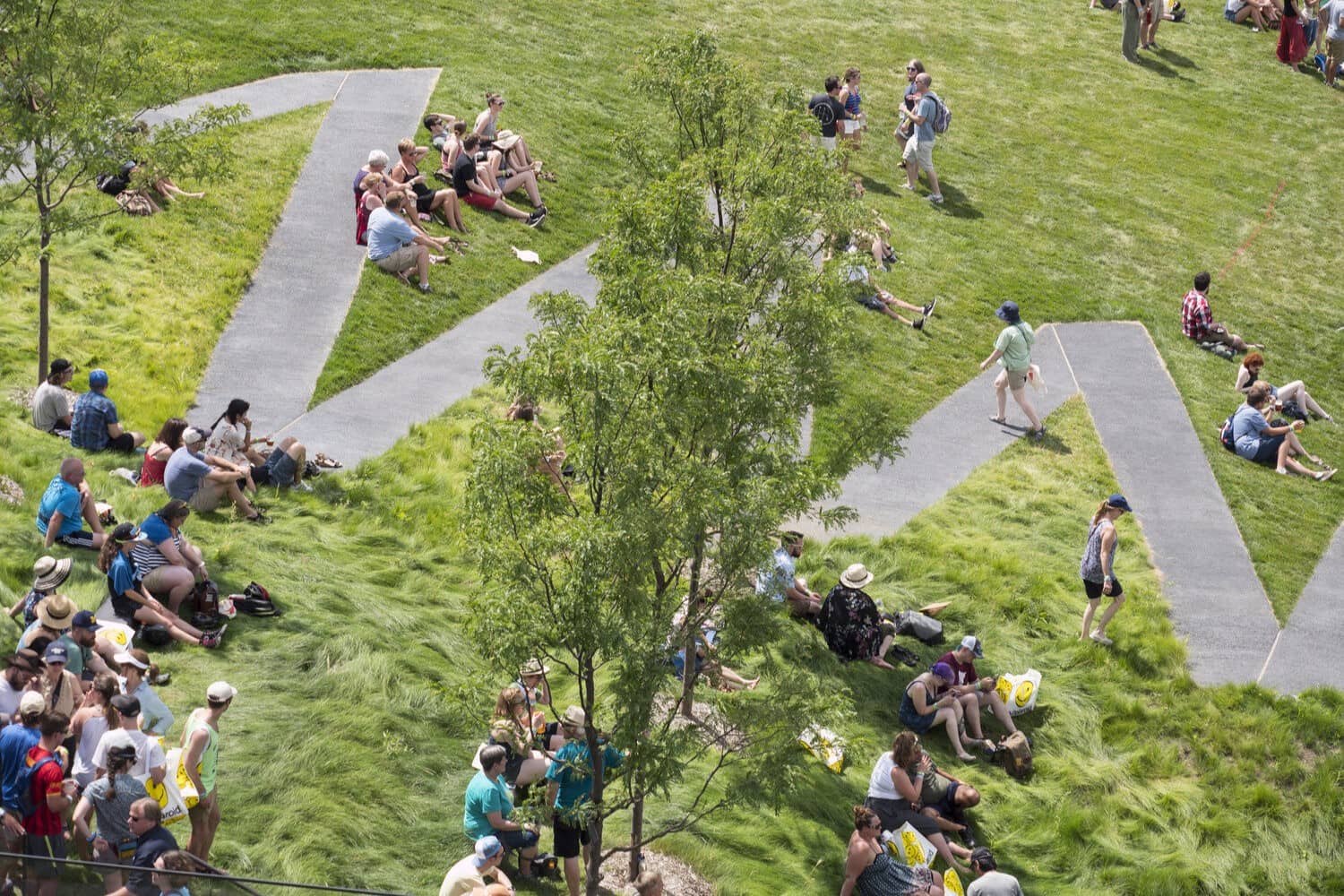


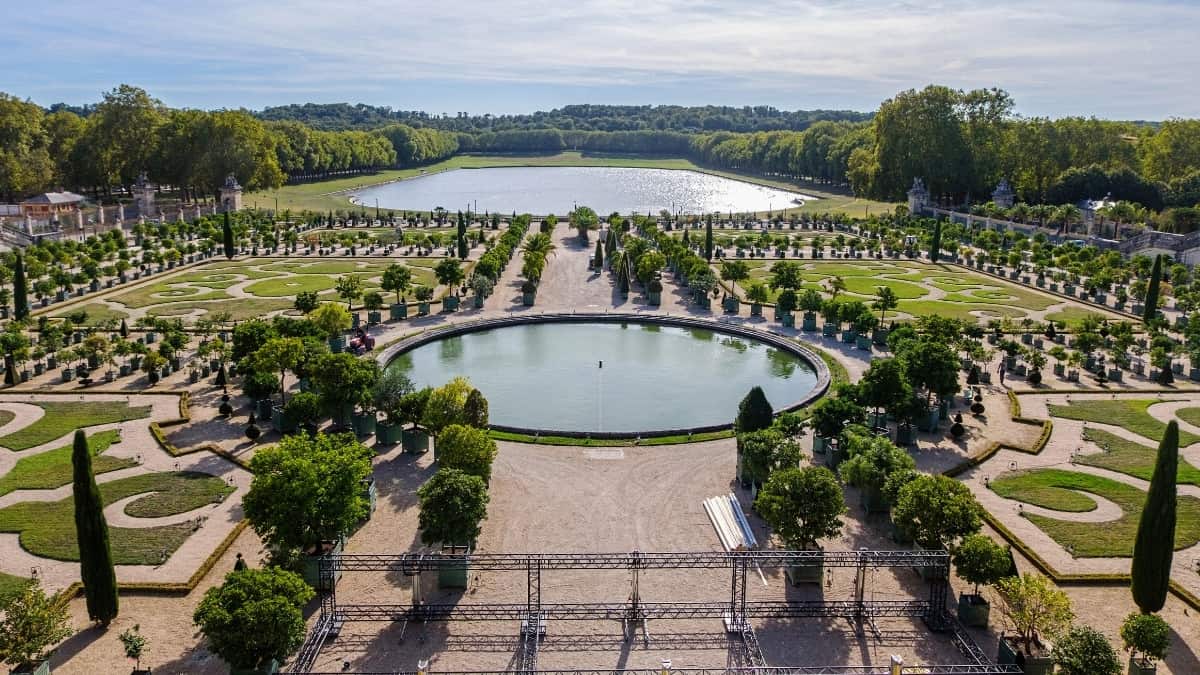

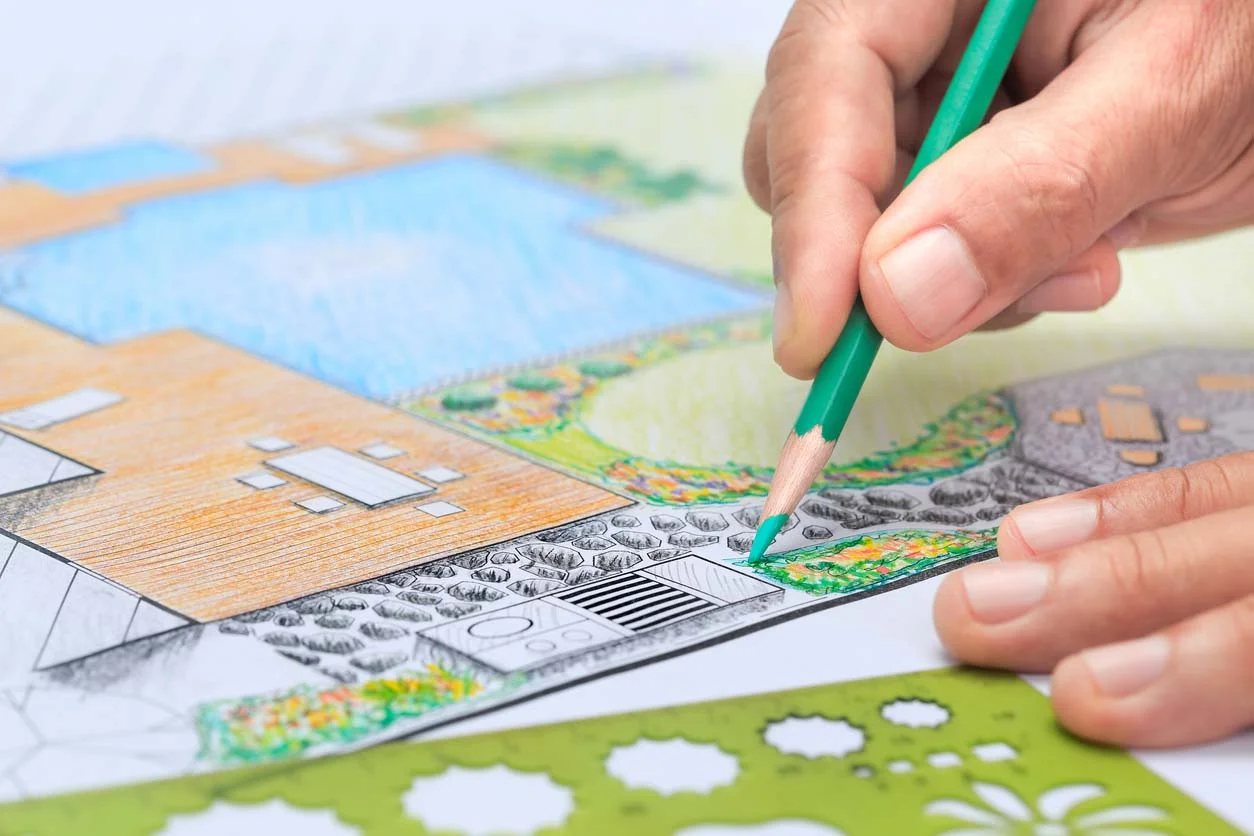
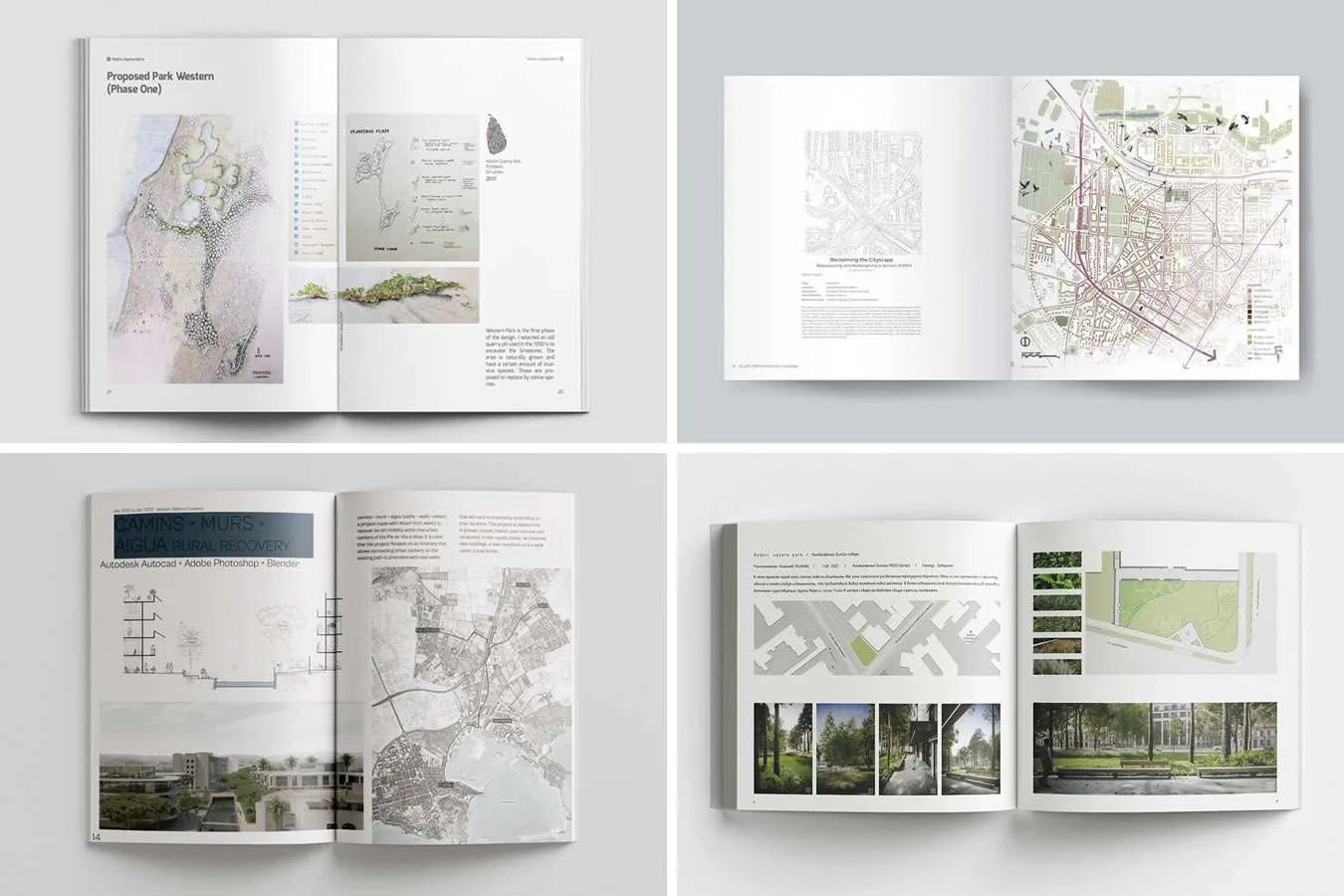
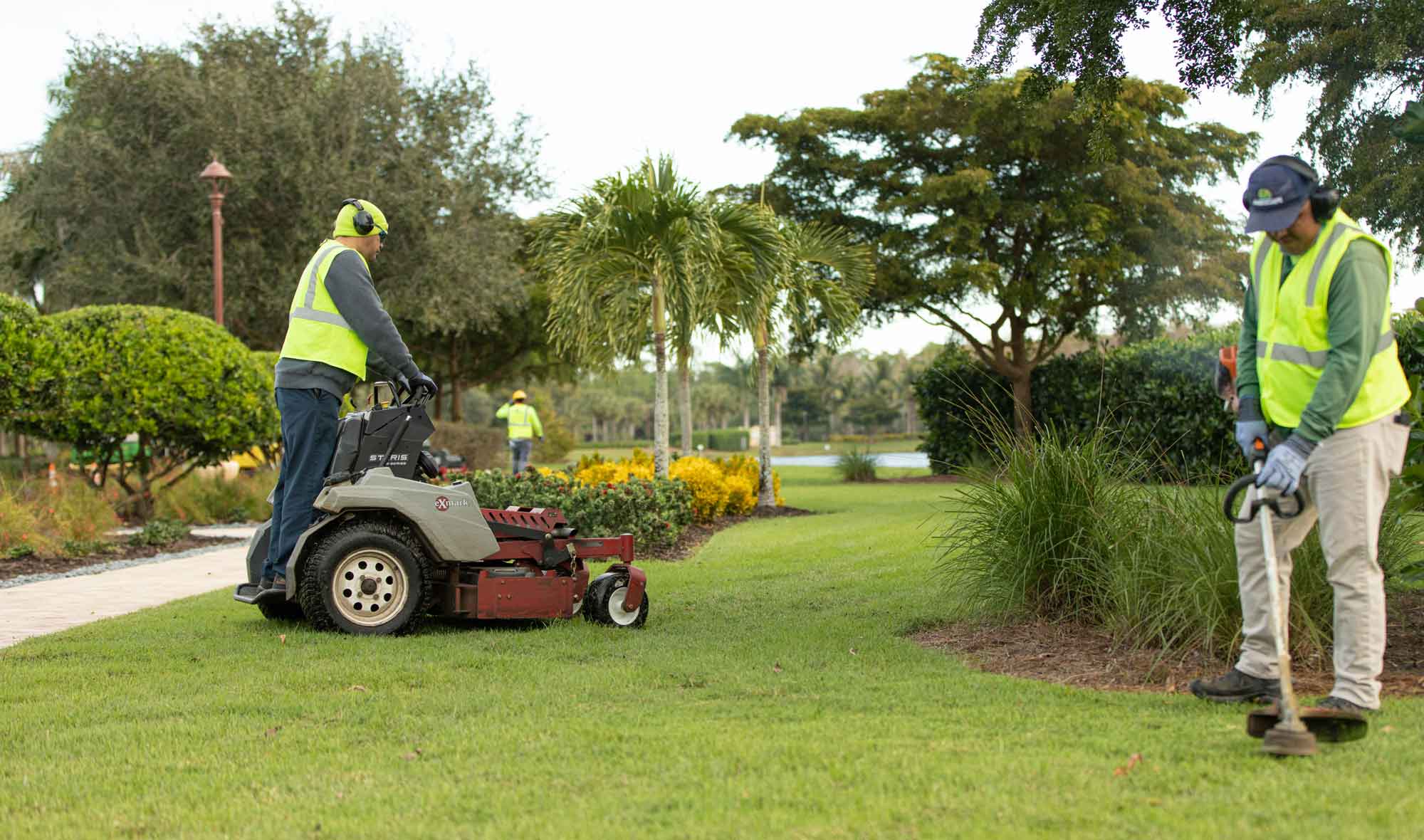
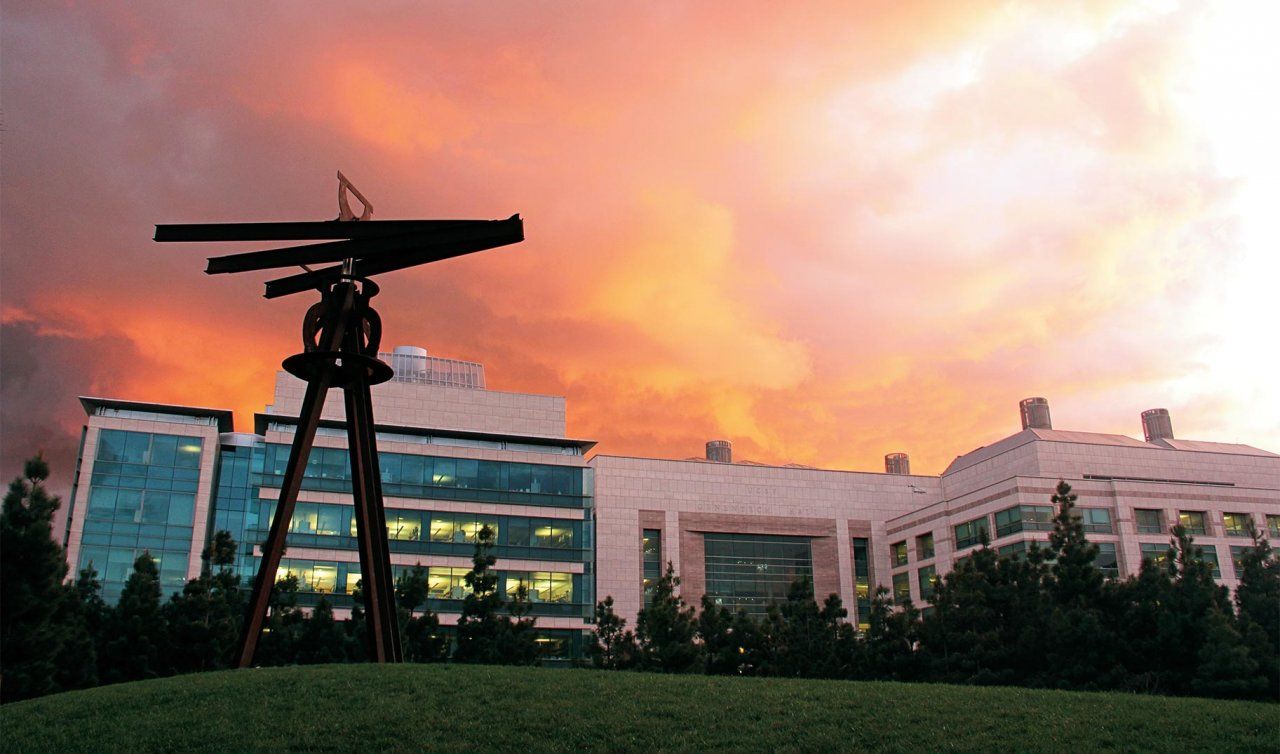
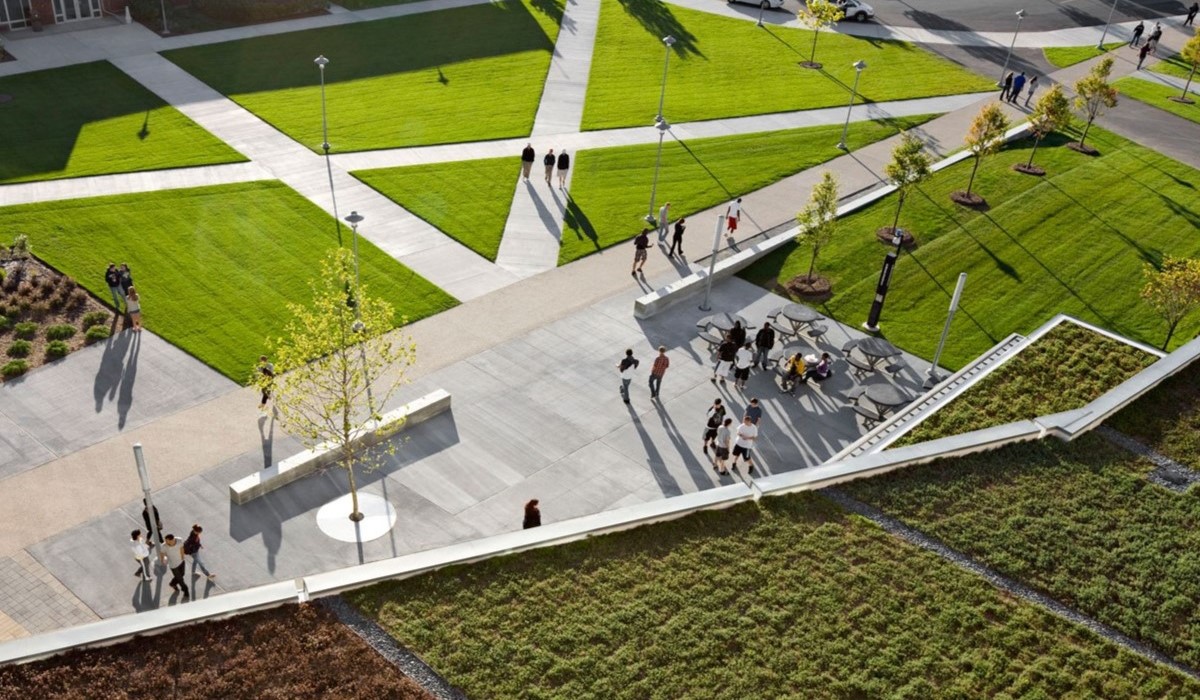
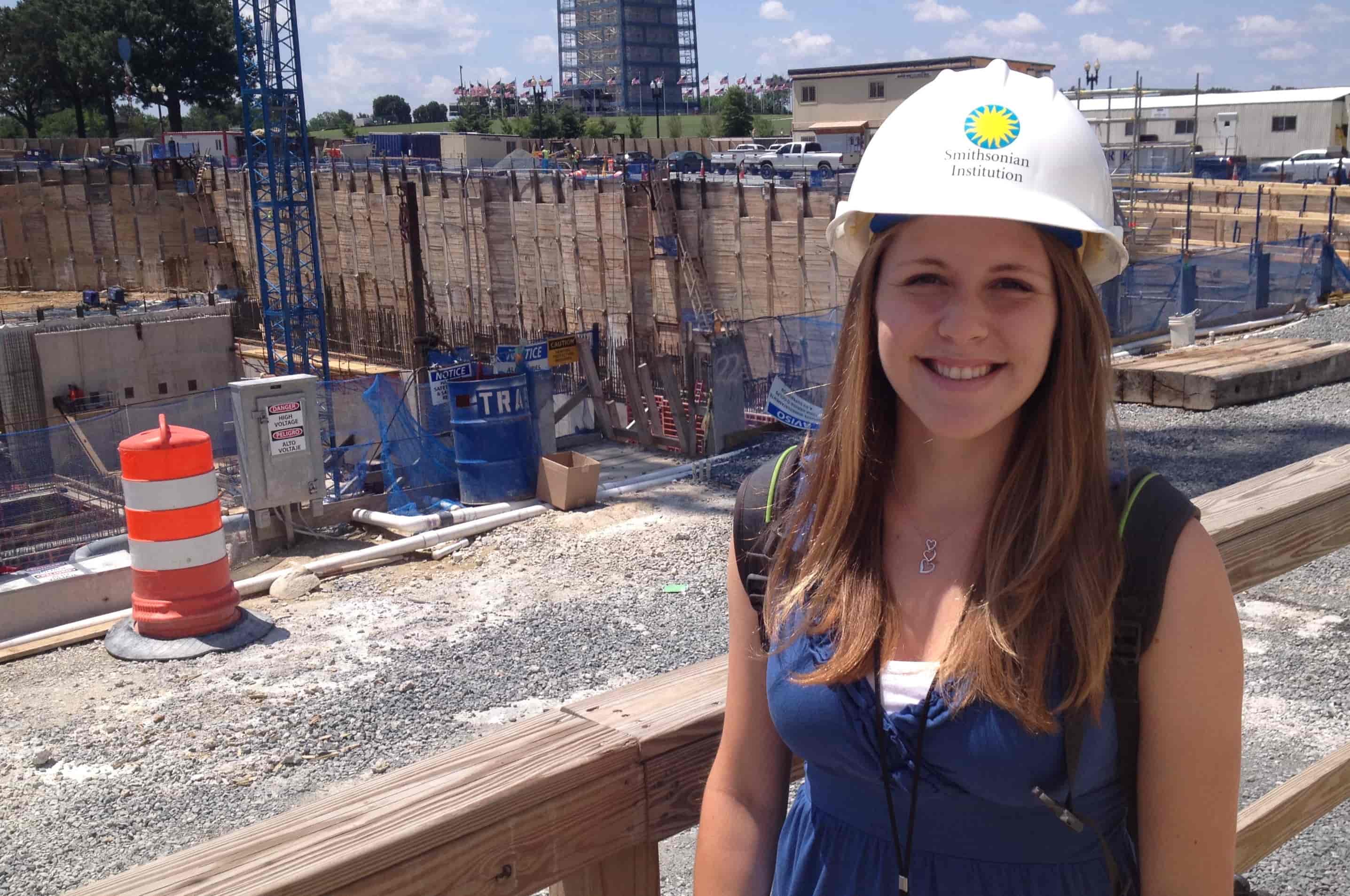



0 thoughts on “Who Was The Landscape Architect Behind The Remediated Gas Works Park”